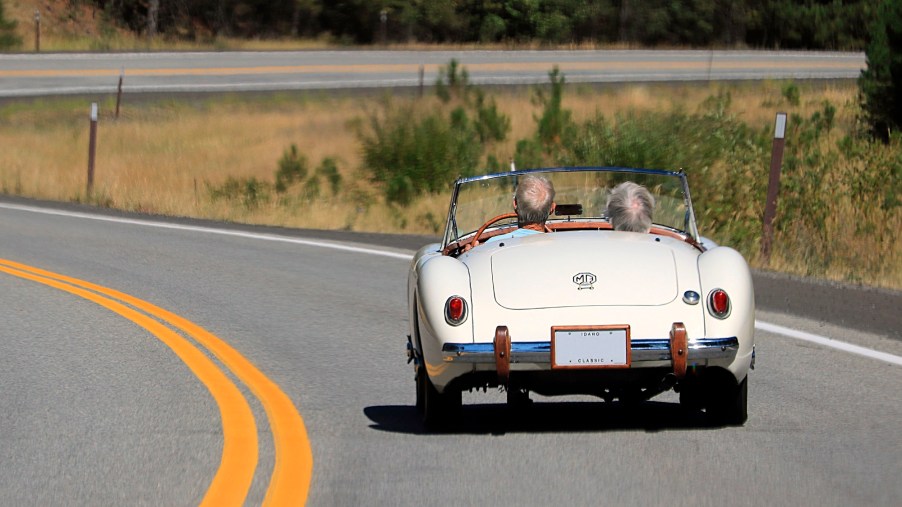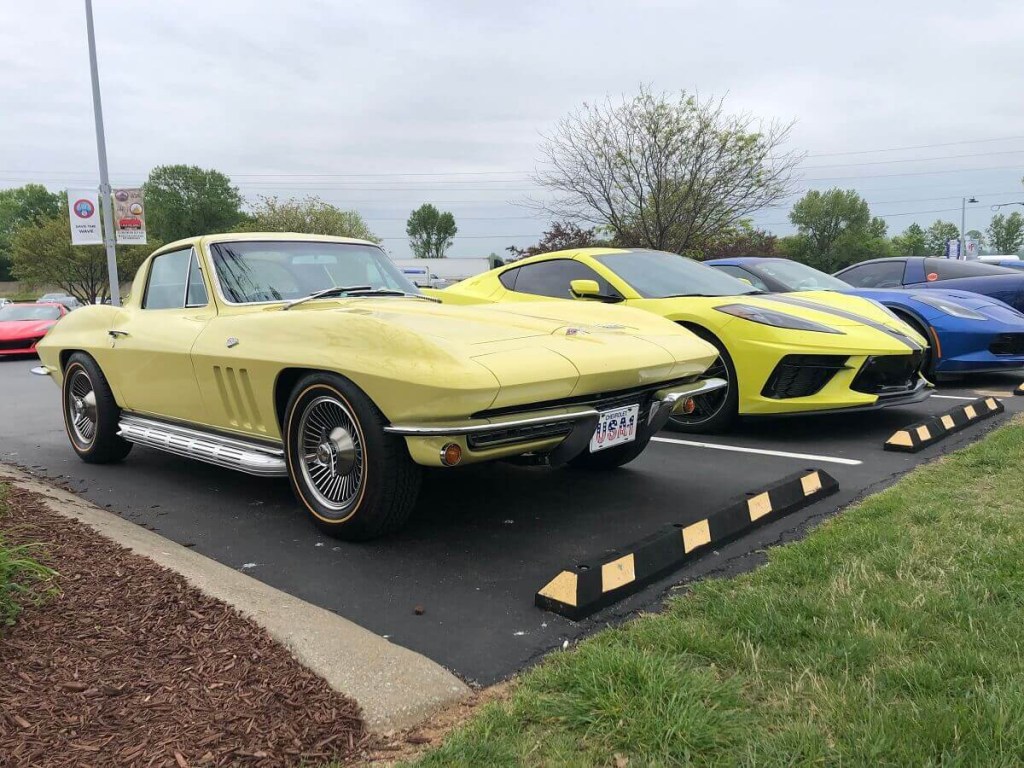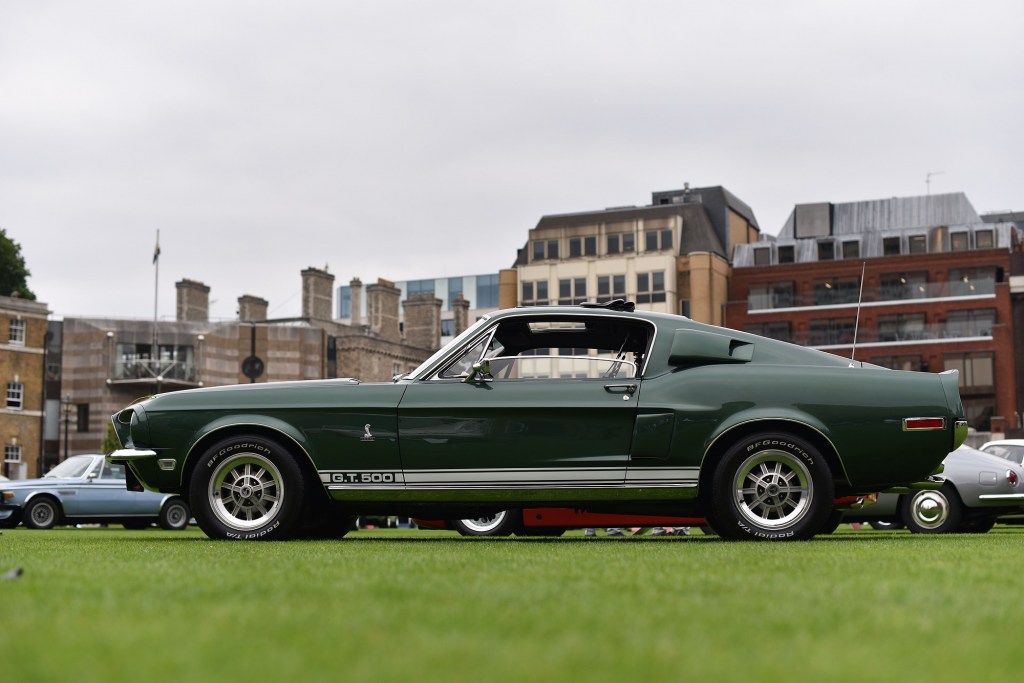
Daily Driving a Classic Car is Risky: Can Insurance Help?
Daily driving an old-school vehicle is a romantic proposition. Something about a worn wood steering wheel and stylish-yet-finicky gauges staring back at you is exciting to ponder. In addition to the intrinsic joy of driving the old vehicle, there is the public reception of pulling up in a beautiful piece of history. Ok, so it is an exciting prospect, but what about when the worst happens? Daily driving a classic car is risky, but can an insurance policy help protect your passion?
What kind of insurance can I use for a classic car?

The first inclination might be to seek classic car insurance, often purchased through companies like Hagerty or American Collectors. That is a good choice for many historic vehicle owners, but not everyone or every car. Classic car insurance carries specific restrictions that might not be conducive to daily driving.
Another option for a classic car, or a project car, is an agreed value policy. With an agreed value policy, a provider appraises the vehicle and assigns it a monetary value. It is then the responsibility of the vehicle owner and the provider to agree on the value of that car and “lock in” a price.
Finally, a stated value insurance policy is likely what you have on your current daily driver. According to ValuePenguin, Stated value policies assign a market value to your vehicle based on year, make, model, and mileage, which the provider considers in the payout amount in the event of a total loss. The issue with a stated value policy is the typically low payout amount on an old car. If you get into an accident with your daily driver, the payout amount might not even cover your suspension upgrades, let alone the car.
Proper Classic Car insurance vs. Agreed Value policies

If we remove a stated value policy from the equation, an owner can choose between traditional classic car insurance and an agreed-value policy. Classic car insurance is an excellent idea for owners who don’t want to drive their vehicles daily. Classic car insurance providers will typically assign restrictions to how the owner can use the classic car. For example, policies will likely assign a limited use restriction that forbids using the vehicle to commute to work. Additionally, some policies may restrict mileage and require a locking or climate-controlled garage to qualify for coverage.
With an agreed value policy with fewer restrictions, getting covered may require an in-person appraisal. However, once a provider insures your historic vehicle for an agreed value, you can drive it with a little peace of mind. Of course, there are drawbacks to the agreed value policy. In addition to the difficulty of setting them up, the policies are typically more expensive.
If you want to daily drive your classic car, you might want to consider how much you spend on modifications
Petrolheads often modify their cars, even the classics. Regardless of which policy you choose, you may want to keep in mind that some upgrades will not be reflected in the value of your car. Value is often unimproved by modifications, and policies may not pay out on additions to covered vehicles. Some policies may incorporate parts value on top of the vehicle value, but that is not guaranteed.
Insurance or not, daily driving a classic is risky. Do it at your own risk, but have fun!
Some classic car drivers commute in their old-school history mobiles simply by risking it. They may opt for just enough coverage to protect themselves and involved parties without special protections for the car. Either way, driving your classic every day is risky, considering safety concerns, sentimental value, and financial value. If you’re willing to accept that risk, it may add a little spice to your daily routine.



